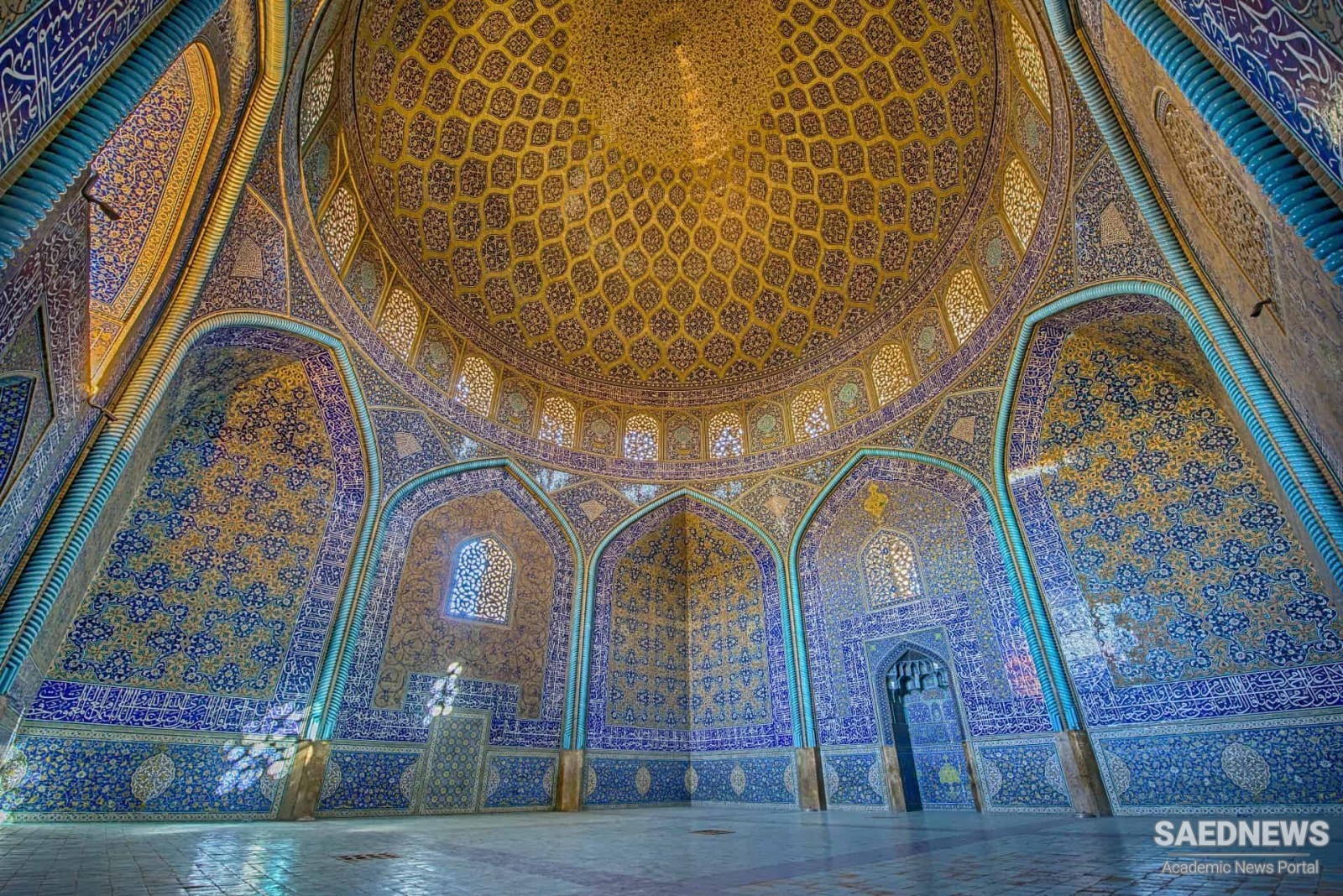The adoption of Turkmen institutions or the dependence on existing traditions does not, on the other hand, exclude the introduction of major changes. It was an innovation that the two groups of Turkmen soldiers and Iranian civil servants — the "lords of the sword" (arbab-i saif) and the "lords of the pen" (arbab-i qalam) - should be united even ethnically in the person of the Safavid ruler. In the Turkmen states discussedearlier, the sultans had always been Turkmen: the Safavid Shah combined in himself the blood of both Turkmen and Iranian ancestors. It is irrelevant, therefore, whether the founder of the dynasty, Shaikh SafI, was descended from Iranian dihqans, from Ali, or from Kurds, since Ismail himself was connected equally with the military and the administrative aristocracy. The consequences of this remarkable dualism will be seen laterBut the divergence from the pattern of Turkmen government did not stop there. Ismail, who ascribed to himself divine qualities as the representative of the Twelve Imams, was also the head of a theocracy, which had not been the case with either the Aq Quyunlii or the Qara Quyunlu. He was therefore infallible and could command divine veneration. Moreover, the state which he founded perpetuated the Ardabll religious order. Isma'il was grand master (pir, murshid, murshid-i kdmil) of the Safaviyya. His adherents were therefore called murid and sufi or ghdstf. Their external appearance was again characterised by the taj-i haidarl, the turban with twelve red gores which had been introduced by Haidar but which had grown less popular after his death. Thereby the name Qizilbash became common usage (Source: The Cambridge History of Iran, Vol. 6).


 Safavid Empire and the Role of Turkmens in Its Formation under Shah Islmail
Safavid Empire and the Role of Turkmens in Its Formation under Shah Islmail














































